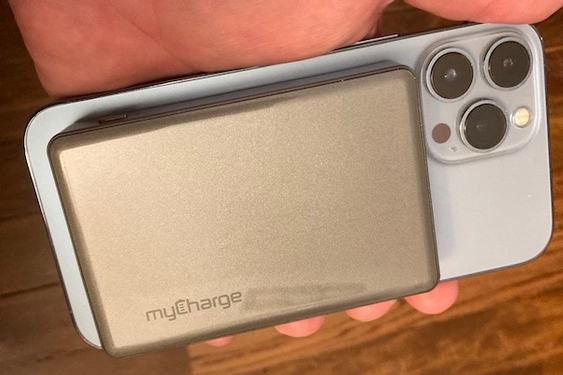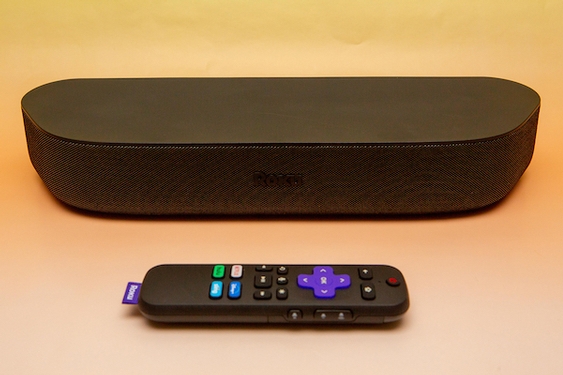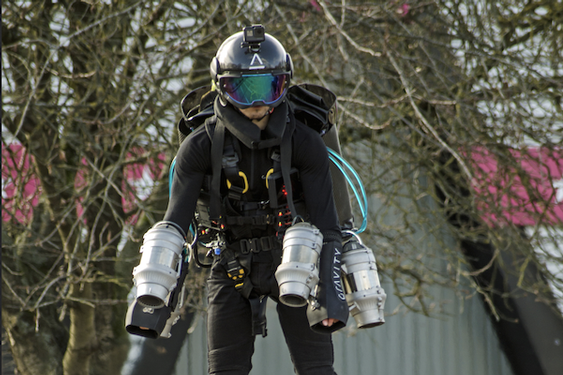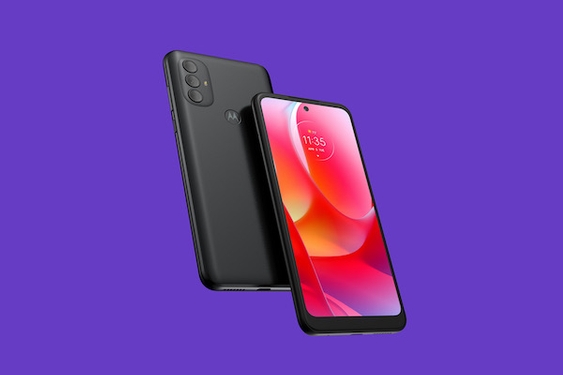Your gaming system is not complete without a PC monitor. Whether you're playing racing, sports, or FPS games, a PC monitor with powerful graphics will guarantee a smooth and immersive visual gaming experience.
Choosing a competitive PC gaming monitor is no easy task, considering the many options available on the market. Don't know where to start in picking out the best gaming monitor? Not to worry. We've compiled a list of specs to look out for in a PC gaming monitor.
1. Resolution
Screen resolution is one of the first things to consider before buying a gaming monitor. Most of the best value gaming monitor models have resolutions of either 1080p, 1440p, or 4K. Notwithstanding, the future of monitors looks bright with the development of 8K, HDR, and OLED resolutions.
Screen resolutions represent the number of pixel counts in a monitor. That said, the resolution is dependent on the PC's GPU for performance. What's more, the resolution determines the number of images shown in each second of the video (frames per second). When choosing a resolution, take into consideration the GPU power. A high-powered GPU can push up to 60 fps.
2. Refresh Rate
The refresh rate of a monitor refers to the number of times a monitor can refresh each second's displayed image. More so, it determines the number of frames per second the monitor can display. The refresh rate in monitors ranges from 60Hz, 144Hz, to 240Hz. Purchasing a monitor with high refresh rate counts for nothing without a monstrous GPU to push the number of frames per sound. That means you have to know your GPU or graphics card's capacity before deciding which refresh rate to opt for.
3. Adaptive Sync
Adaptive sync refers to the PC monitor's ability to adjust its vertical refresh rate to the GPU or graphics card's frame rate. It eliminates stuttering, screen tearing, judder, and flickering. The adaptive sync in monitors varies according to the manufacturer.
There are two common adaptive syncs found in monitors – VESA (FreeSync) and NVIDIA G-Sync. AMD graphics card supports VESA. Just as the name suggests, the G-Sync is a proprietary technology of NVIDIA and only supports NVIDIA graphics cards. Before buying a competitive PC monitor, look out for the adaptive sync present in the monitor, and determine if your graphics card supports it.
4. Screen Size
Big screens don't necessarily guarantee a great game experience. Some gaming enthusiasts prefer a 24-inch monitor. In competitive gaming, your ability to see everything that's happening at once is crucial for success. Regardless, some gamers still opt for larger monitors for entertainment and greater levels of immersion.
You won't make the most of a large monitor on low-end hardware. Moreover, a 24-inch or 27-inch gaming monitor with 1080p works fine on most gaming setups. It would be best if you also chose between a flat or curved screen.
A flat or ultrawide monitor comes in handy during multiplayer games. The downside is that some games may not support the monitor's aspect ratio. On the other hand, a curved display offers the gamer a 3D view that allows for a more immersive game experience. The downside is that curved screens negatively impact gaming performance. The bottom line is this: opt for a screen-type that suits your taste and gaming style.
5. Panel Type
Modern monitors are built on two types of panel technology: twisted nematic (TN) and in-plane switching (IPS). IPS panels offer better viewing angles and more accurate and vibrant color reproduction.
However, most professional and casual gamers use TN panels because of their low input lag and quick response. Faster response times result in smooth camera movements. Conversely, slower response times result in motion blur. This is because the pixels won't have sufficient time to switch between colors.
TN panels support a 1ms response time, while IPS panels can go as low as 4ms. Simply put, the TN panel offers better responsiveness, while the IPS panel ensures good visual quality.












